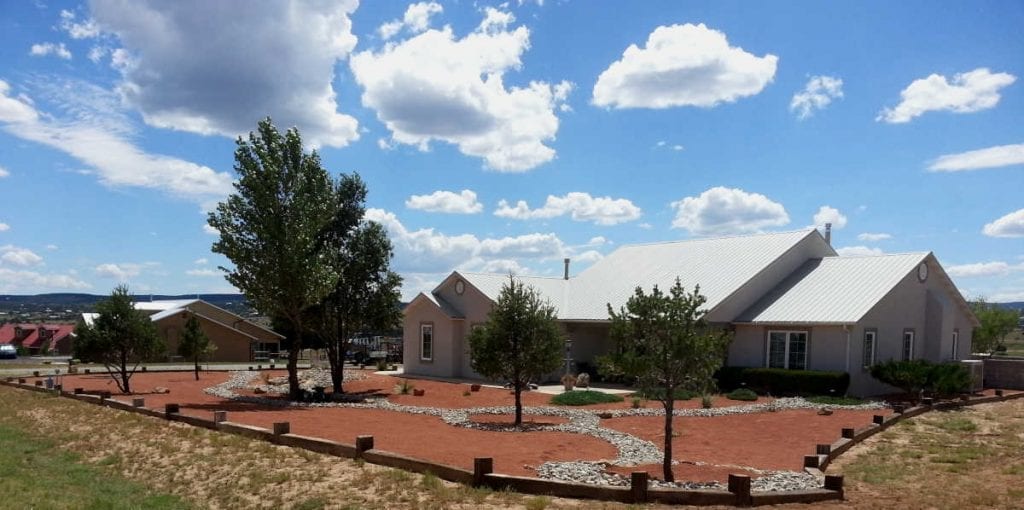Xeriscaping Landscaping Spelled Out and How It Saves You Money

Back in 1981 the city of Denver, Colorado was dealing with a major drought. After four years of tight water restrictions the Denver Water folks came up with a new type of landscaping. It ended up changing desert gardening forever.
They called it “xeriscaping.” The word comes from Greek and means “dry landscape.” Instead of guzzling water, xeriscaping landscaping uses plants that don’t need much. It’s different from regular landscaping because it spotlights varieties that get by with less moisture.
The Denver Water team based xeriscaping on a handful of key ideas:
Step 1: Plan and Design
In the very early stages you sketch out the landscape design and layout. Choosing the right types of plants for each specific spot in the yard is crucial for maximizing water savings. Proper planning prevents poor performance!
Step 2: Improve Your Soil
Soil contains mostly sand and clay. Sandy dirt doesn’t hold water well – it needs more watering. But clay soil hangs onto moisture and doesn’t dry out as fast.
Step 3: Use Smart Irrigation
Xeriscaping promotes efficient watering for plants. That means occasional deep soakings to encourage deep roots. You can make your sprinklers work better for each season by adjusting them. Using less water for your greenery.
Step 4: Zone Your Plants
Grouping plants together based on their sunlight exposure needs and water requirements is a simple way to prevent waste. Strategically placing them in garden areas with higher natural moisture allows them to thrive with less additional water. Work with nature, not against it!
Step 5: Add Mulch
Mulch prevents soil and roots from drying out by reducing evaporation. Organic or inorganic mulch works, depending on which way your yard faces the sun.
Step 6: Consider Alt Turfs
Some turfs used in xeriscaping are buffalo and blue grama grasses.
Step 7: Keep Up The Maintenance
You don’t have to spend as much time and effort to keep your xeriscape looking good. Even though saving water is the big benefit, homeowners get monetary perks too.
How Xeriscaping Puts Cash Back In Your Wallet
Use Less Energy
Strategic trees and shrubs in a xeriscape can cut a home’s cooling needs by up to 45%. That saves the average household hundreds of dollars a year on utilities.
Shrink That Water Bill
The Environmental Protection Agency says 9 billion gallons of water are used daily on lawn irrigation in the U.S. Homeowners can save cash on water bills – and help the planet – by xeriscaping their yard.
Reduce Long-Term Costs
Traditional landscaping means spending on irrigation, plants, seeds, fertilizer, pest control, labor – it adds up. Xeriscaping needs less upfront investment and lower long-term expenses. Some states even offer rebates for xeriscape installations, saving homeowners thousands.
The Bottom Line
Xeriscaping is an innovative type of landscaping that stresses water conservation through smart plant choices and irrigation methods.
This saves money on bills now and later. It’s ideal for dry areas and places with water supply issues. A bit of upfront planning and design gives you an attractive, low-care yard that keeps cash in your wallet. Look into xeriscaping and keep more dollars in your pocket!
